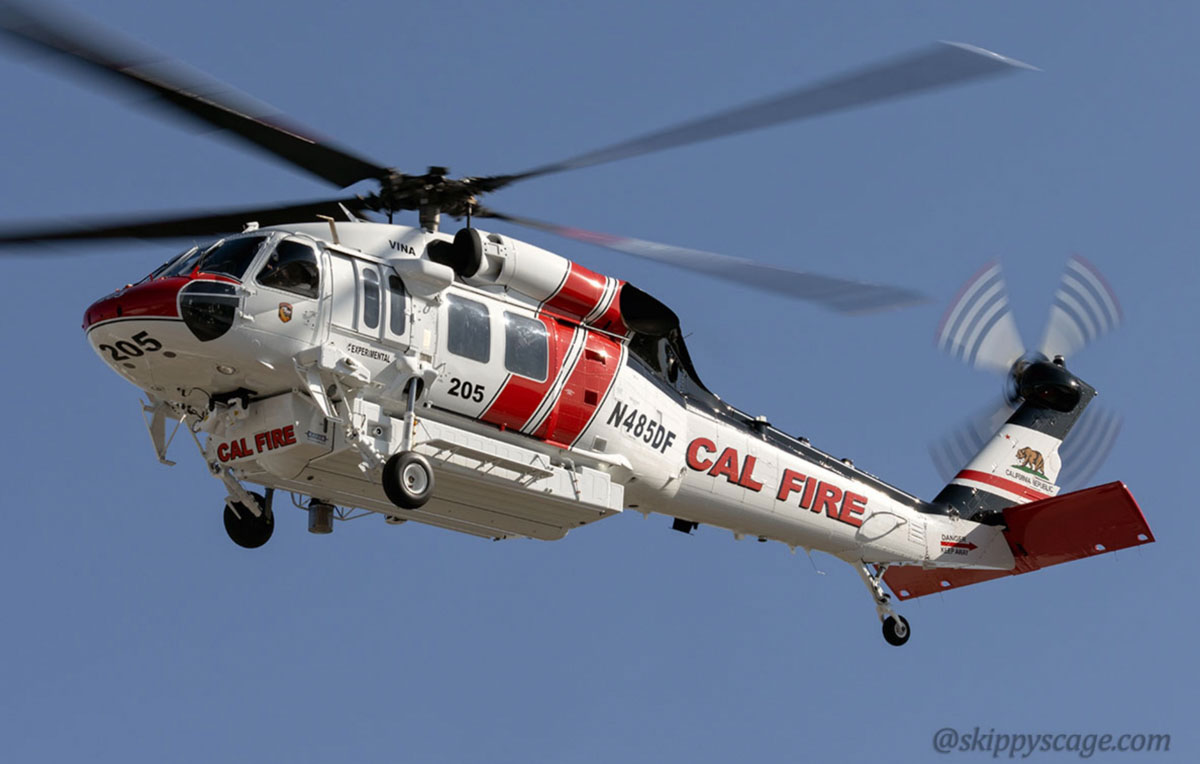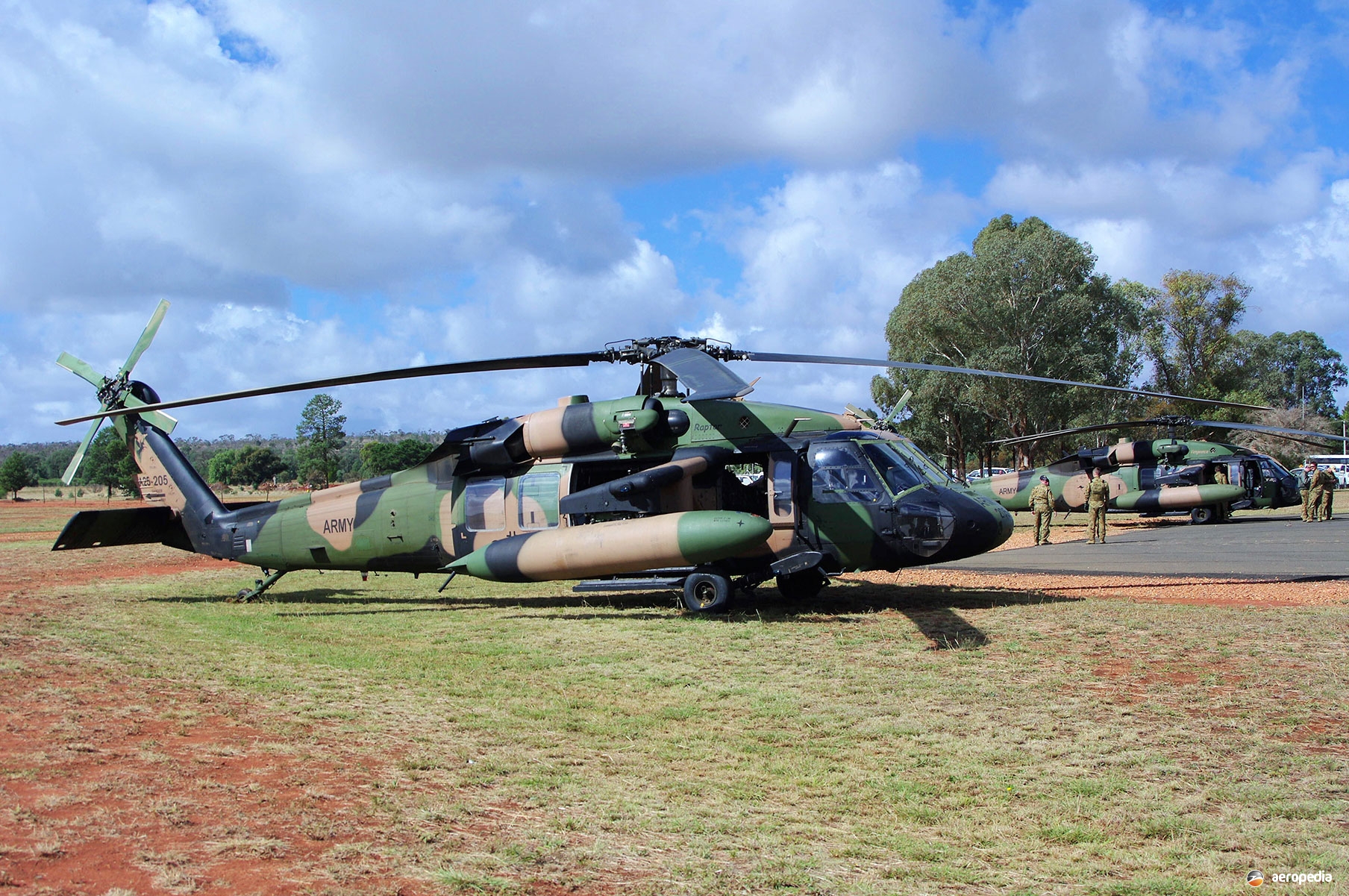Sikorsky S 70: Enhancing Helicopter Effectiveness and Adaptability
Sikorsky S 70: Enhancing Helicopter Effectiveness and Adaptability
Blog Article
High-Performance Multi-Role Rotorcraft Featuring Advanced Cabin Technologies and Integrated Sensing Unit Solutions
The realm of rotorcraft innovation has actually seen noteworthy innovations in recent times, specifically in the world of high-performance multi-role rotorcraft furnished with advanced cockpit modern technologies and effortlessly integrated sensing unit systems. These innovations have not only enhanced the operational capacities of rotorcraft yet have likewise considerably affected modern-day aeronautics operations on different fronts. From boosted objective versatility to boosted operational performance, the convergence of sophisticated cabin innovations and integrated sensing unit systems has actually introduced a new age of possibilities for rotorcraft applications. In the adhering to conversation, we will discover the development of rotorcraft modern technology, look into the world of advanced cabin advancements, and check out the implications of incorporated sensing unit systems on the operational convenience and effectiveness of modern rotorcraft.
Evolution of Rotorcraft Modern Technology
The advancement of rotorcraft modern technology has actually been noted by significant improvements in aerodynamics, products, and propulsion systems, shaping the abilities and performance of modern-day rotorcraft. Additionally, innovations in propulsion systems, including a lot more effective engines and cutting-edge propulsion innovations, have made it possible for rotorcraft to achieve higher elevations, faster rates, and higher payloads.
These developments have not just changed the abilities of rotorcraft yet have also increased their applications throughout different markets, including military, industrial, and emergency services. The constant development of rotorcraft technology proceeds to drive advancement in the area, pressing the limits of what is possible and shaping the future of vertical flight.
Advanced Cabin Innovations
Building upon the foundational improvements in aerodynamics, materials, and propulsion systems, the realm of rotorcraft technology currently moves focus in the direction of pioneering Advanced Cockpit Innovations. The assimilation of innovative innovations within the cockpit atmosphere plays an essential duty in improving the operational capacities, safety and security, and effectiveness of modern-day rotorcraft. sikorsky s 70. Advanced Cabin Innovations include a wide selection of attributes developed to offer pilots with enhanced situational understanding, structured information monitoring, and user-friendly control user interfaces
One of the crucial innovations in cockpit layout is the execution of glass cockpits, which replace traditional analog gauges with high-resolution display screens. These electronic systems use personalized formats, real-time information combination, and improved readability, allowing pilots to access crucial details at a glance. Additionally, progressed avionics systems, such as fly-by-wire controls and augmented reality display screens, are changing how pilots communicate with the airplane, enabling precise control and enhanced decision-making abilities.


Including sophisticated cabin advancements not only enhances pilot performance but also adds to overall mission performance and safety in complex functional settings. By leveraging modern technologies within the cabin, rotorcraft producers are setting new criteria for functional excellence and goal success.
Integrated Sensing Unit Systems
With the evolution of rotorcraft modern technology, the integration of innovative Integrated Sensor Equipment has ended up being vital in boosting functional performance and security. These Integrated Sensing unit Equipments encompass a vast selection of innovations that offer important information for various features such as navigating, surveillance, targeting, and environmental monitoring. you can try these out By effortlessly incorporating sensors like radars, video cameras, lidar, and infrared systems right into rotorcraft, drivers can gain from enhanced situational understanding, improved goal capabilities, and reduced pilot work.
One key benefit of Integrated Sensing unit Equipments is their ability to gather real-time information and give actionable insights to pilots and goal drivers. Progressed radar systems can detect and track targets over long ranges, permitting for early risk detection and reliable response preparation. Furthermore, integrating electro-optical and infrared electronic cameras allows rotorcraft to perform reconnaissance and security objectives with accuracy and precision.
In essence, the assimilation of sophisticated sensing unit modern technologies right into rotorcraft not only boosts functional performance click here for more info but additionally contributes substantially to total mission success and crew security. As rotorcraft proceed to advance, the duty of Integrated Sensor Equipment will most certainly stay at the forefront of advancement in the aerospace industry.
Operational Convenience and Effectiveness
Enhancing operational versatility and efficiency in rotorcraft is an all-natural development from the assimilation of advanced Integrated Sensing unit Systems. By leveraging the insights and data given by these innovative sensing unit systems, rotorcraft can maximize their efficiency across numerous missions and environments.
Operational flexibility incorporates the ability of rotorcraft to adjust to various duties and circumstances successfully. With innovative cockpit innovations and incorporated sensor systems, rotorcraft can effortlessly transition between tasks such as search and rescue, medical evacuation, monitoring, and more. This convenience improves the rotorcraft's capacity to fulfill diverse operational needs without needing comprehensive reconfiguration.
Performance in rotorcraft procedures is essential for optimizing objective effectiveness and source application. Integrated sensing unit systems play an essential function in boosting functional effectiveness by supplying real-time data on weather, surface mapping, target tracking, and extra. This information enables pilots to make enlightened decisions promptly, enhance flight paths, save fuel, and enhance total goal performance.
Impact on Modern Air Travel Operations

Moreover, the integration of sophisticated sensors helps with improved objective planning and implementation, allowing rotorcraft to perform a moved here variety of tasks with improved accuracy. From search and rescue operations to airborne firefighting and police goals, the abilities of modern-day rotorcraft furnished with sophisticated cockpit innovations and integrated sensing unit systems are unequaled.
Additionally, the impact of these innovations extends beyond functional effectiveness to cost-effectiveness and sustainability. By optimizing flight courses, gas usage, and maintenance routines, high-performance rotorcraft outfitted with innovative cabin modern technologies and sensors contribute to reducing functional prices and environmental impact, making them indispensable possessions in modern-day aviation operations.
Final Thought
Finally, the high-performance multi-role rotorcraft with advanced cockpit innovations and incorporated sensing unit systems stands for a substantial advancement in aeronautics innovation. These developments improve functional convenience and efficiency, ultimately affecting contemporary air travel procedures in a positive method. The assimilation of these innovative modern technologies enables enhanced abilities and performance in various objective situations, showcasing the proceeded innovation of rotorcraft technology in the aeronautics sector.
The realm of rotorcraft innovation has actually seen notable improvements in recent times, particularly in the realm of high-performance multi-role rotorcraft equipped with sophisticated cockpit technologies and effortlessly incorporated sensor systems. From boosted mission adaptability to improved operational performance, the merging of advanced cockpit technologies and incorporated sensor systems has actually ushered in a new era of opportunities for rotorcraft applications. In the following conversation, we will discover the development of rotorcraft innovation, delve into the world of innovative cockpit innovations, and analyze the ramifications of integrated sensor systems on the operational versatility and efficiency of modern-day rotorcraft.

Report this page